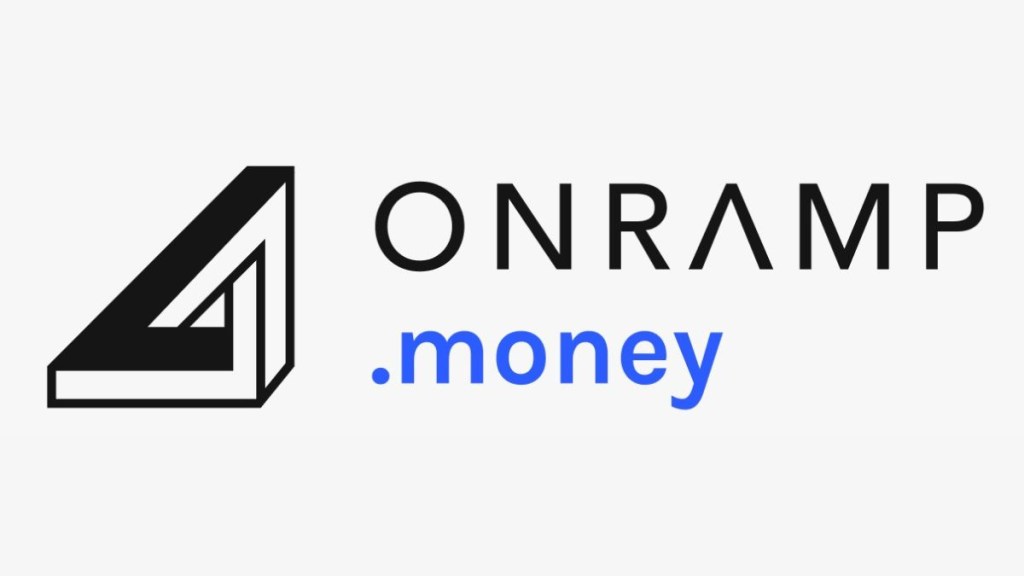By Chandan Kumar and Gaurav Dahake
In the emerging world of blockchain and decentralised finance (DeFi), there’s an undeniable constant of change. The Web3 ecosystem, the next phase in the evolution of the internet, offers unprecedented opportunities for democratized finance, yet it still faces numerous challenges. From accessibility and security concerns to the complexities of transacting, it’s clear that this disruptive tech field needs pioneers.
What are some of the conventional issues encountered while onboarding customers into the Web3 ecosystem?
Complexity and Lack of User-Friendly Interfaces: For those unfamiliar with cryptocurrencies and blockchain technology, onboarding onto Web3 platforms can be intimidating. The user interfaces of many decentralized apps (Dapps) are often not intuitive, with a steep learning curve for newcomers.
Security Concerns: While blockchain networks are touted for their security, privacy can still be a concern for many. Users need to be confident that their personal data and transaction details are safe and private.
Fiat-to-Crypto Onboarding: Many platforms require users to have cryptocurrencies to interact with Web3 services. However, converting traditional fiat currencies into cryptocurrencies can be a complicated process for new users, particularly given the fluctuations in crypto values.
High Transaction Costs (Gas Fees): In certain ecosystems, users have to pay higher gas fees for transactions. These costs can be unpredictable, posing a significant barrier for new users who wish to interact with smart contracts.
While blockchain and digital currencies gain momentum and acceptance worldwide, the demand for an accessible, secure, and user-friendly platform grows. Initially focusing on the Indian market, Onramp.money has seen remarkable growth and is now expanding its operations globally. According to Gaurav Dahake, the co-founder and CEO of the platform, “our aim was to simplify the transition from fiat to crypto, starting with the Indian rupee. The exceptional response we’ve received from users around the world has bolstered our ambitions. We plan to bring our secure and easy-to-use platform to users around the globe, and by the end of 2023, we aim to have a presence in nearly 20 major markets.”
Chandan Kumar, co-founder,Onramp.money, articulates this approach succinctly, “Every user that engages with us entrusts us with their dreams of being a part of the digital revolution. Our commitment to ease their onboarding journey is as strong as our dedication to ensuring their digital journey remains secure and rewarding. We are continually on the lookout to build new partnerships that deliver more value to our users and bolster our global presence.”
Numerous on-ramping services have sprung up all over the world in the rapidly expanding digital space. Many of them concentrate on certain fiat currencies & are especially built to serve specific geographic areas. Although these services are crucial to their particular industries, the geographic and monetary uniqueness has unintentionally led to certain areas of disconnection within the greater Web3 ecosystem.
This fragmented environment highlights the urgent need for a global actor that can include both a wide variety of fiat currencies and cryptocurrencies. Imagine a service that could easily cross these geographic borders to provide a single, universal platform. A platform that provides a global solution that helps everyone, everywhere, and is not constrained by geographical limitations or restricted to certain currencies.
In addition to enhancing interoperability within the Web3 ecosystem, optimising onramp & offramp offerings on this scale may also have a positive-impact on traditional financial systems. Thus, it may contribute to the emergence of a more integrated financial environment in which frictionless transactions turn into the rule rather than the exception.
In a nutshell a universal platform might bring about a huge revolution by creating an image of a unified, cost-efficient, and global financial ecosystem. Inspiring and reinforcing the potential that made-in-India goods have for the global digital economy.It involves reshaping the whole financial ecosystem, not simply the development of Web3 services.
The authors are co-founders, CEO, Onramp.money, respectively
